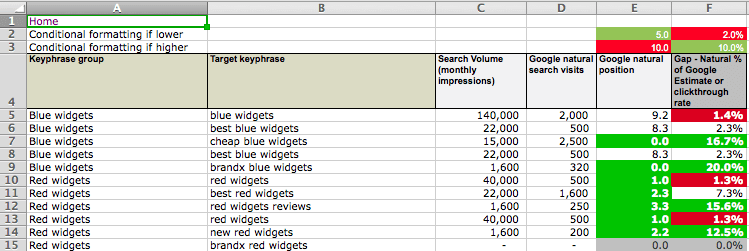MY LOVE FOR YOU IS LIKE THE NIGHT SKY
This book opens in a similar manner to the author/illustrator’s Kirkus-starred earlier work, My Love for You Is Like a Garden (2023), with its titular sentence, followed by nonrhyming text—this time, inviting readers to imagine affection on a scale of the vastness of space. As an adult and a child (both portrayed as pale-skinned) sit together on what appears to be a grassy hill, they look up at the night sky as the text describes love with evocative phrases. The last book featured a lot of real-world sensory description, and there’s understandably less of that this time—one can’t touch stars or smell planets—but it still manages to be engaging by using star-watching similes, including “as radiant as a meteor shower” and “as dependable as the phases of the moon.” An illustrated glossary encourages readers to go back and find various objects, and a solar system diagram and moon-phase chart add helpful information. Again, the real star of this book (no pun intended) is Smetana’s imagery, which combines watercolor and collage. Although the stars, planets, and galaxies are somewhat less complex than the last book’s flowers, they are beautiful, with intricate compositions reminiscent of Eric Carle’s work.


This book opens in a similar manner to the author/illustrator’s Kirkus-starred earlier work, My Love for You Is Like a Garden (2023), with its titular sentence, followed by nonrhyming text—this time, inviting readers to imagine affection on a scale of the vastness of space. As an adult and a child (both portrayed as pale-skinned) sit together on what appears to be a grassy hill, they look up at the night sky as the text describes love with evocative phrases. The last book featured a lot of real-world sensory description, and there’s understandably less of that this time—one can’t touch stars or smell planets—but it still manages to be engaging by using star-watching similes, including “as radiant as a meteor shower” and “as dependable as the phases of the moon.” An illustrated glossary encourages readers to go back and find various objects, and a solar system diagram and moon-phase chart add helpful information. Again, the real star of this book (no pun intended) is Smetana’s imagery, which combines watercolor and collage. Although the stars, planets, and galaxies are somewhat less complex than the last book’s flowers, they are beautiful, with intricate compositions reminiscent of Eric Carle’s work.

























![How To Drive More Conversions With Fewer Clicks [MozCon 2025 Speaker Series]](https://moz.com/images/blog/banners/Mozcon2025_SpeakerBlogHeader_1180x400_RebeccaJackson_London.png?auto=compress,format&fit=crop&dm=1750097440&s=282171eb79ac511caa72821d69580a6e#)

![Brand and SEO Sitting on a Tree: K-I-S-S-I-N-G [Mozcon 2025 Speaker Series]](https://moz.com/images/blog/banners/Mozcon2025_SpeakerBlogHeader_1180x400_LidiaInfante_London.png?auto=compress,format&fit=crop&dm=1749465874&s=56275e60eb1f4363767c42d318c4ef4a#)

























![The 11 Best Landing Page Builder Software Tools [2025]](https://www.growthmarketingpro.com/wp-content/uploads/2024/04/best-landing-page-software-hero-image-1024x618.png?#)









































![How to Create an SEO Forecast [Free Template Included] — Whiteboard Friday](https://moz.com/images/blog/banners/WBF-SEOForecasting-Blog_Header.png?auto=compress,format&fit=crop&dm=1694010279&s=318ed1d453ed4f230e8e4b50ecee5417#)
![How To Build AI Tools To Automate Your SEO Workflows [MozCon 2025 Speaker Series]](https://moz.com/images/blog/banners/Mozcon2025_SpeakerBlogHeader_1180x400_Andrew_London-1.png?auto=compress,format&fit=crop&dm=1749642474&s=7897686f91f4e22a1f5191ea07414026#)














![How Social Platforms Measure Video Views [Infographic]](https://imgproxy.divecdn.com/AncxHXS242CT-kDlEkGZi7uQ2k70-ebTAh7Lm14QKb8/g:ce/rs:fit:770:435/Z3M6Ly9kaXZlc2l0ZS1zdG9yYWdlL2RpdmVpbWFnZS9ob3dfcGxhdGZvcm1zX21lYXN1cmVfdmlld3MucG5n.webp)










![Brand pitch guide for creators [deck and email templates]](https://blog.hootsuite.com/wp-content/uploads/2022/06/brand-pitch-template.png)


![AI marketing campaigns only a bot could launch & which tools pitch the best ones [product test]](https://www.hubspot.com/hubfs/ai-marketing-campaigns.webp)






















